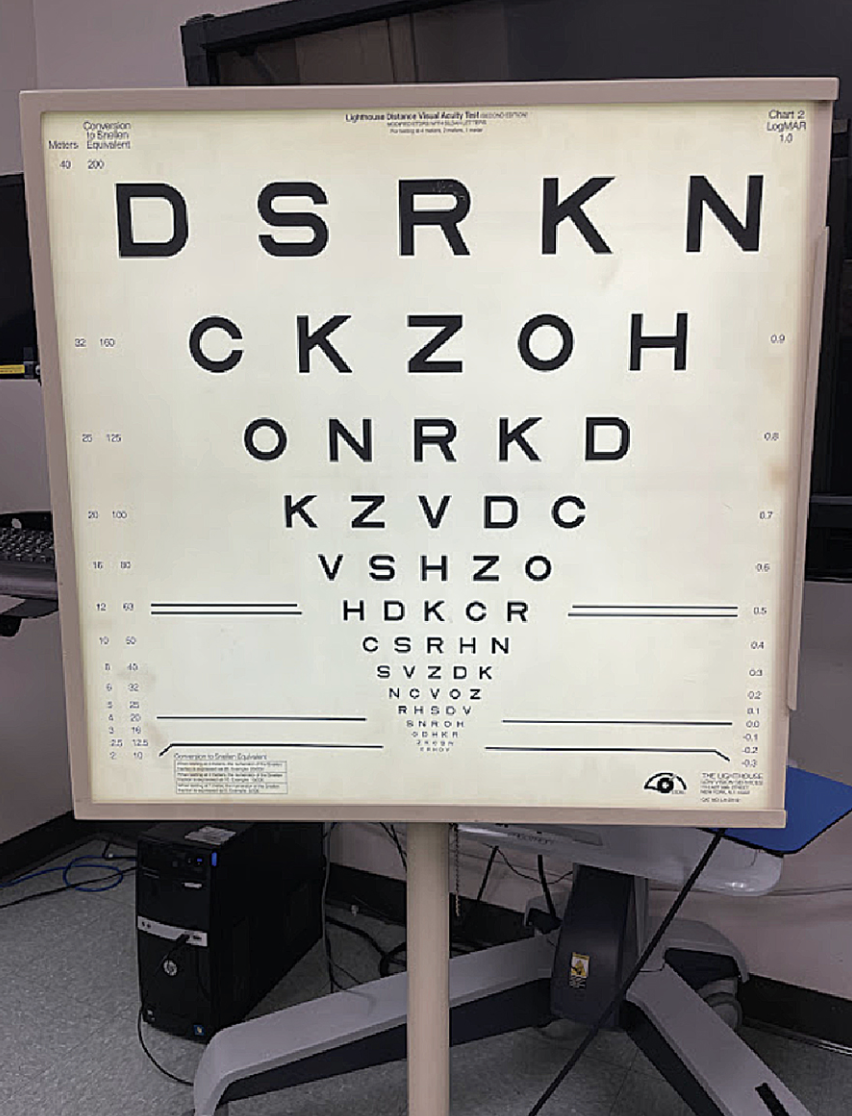 |
Early intervention when individuals’ symptoms are still mild could have a range of potential benefits and allow occupational therapists to address functional performance earlier and screen for visual dysfunction. Photo: Rebekah Lin, OD. Click image to enlarge. |
For individuals living with Parkinson’s disease, maintaining good visual function is key for continued ability to work. However, this condition can affect vision, and the findings of a recent survey study showed that few people are aware of this. The paper, published in the American Journal of Occupational Therapy, reported that vision dysfunction affects occupational performance and that greater education about vision difficulties in Parkinson’s disease is needed.
The cross-sectional analysis included 92 persons with Parkinson’s disease (mean age 69) who self-reported visual difficulties, diagnosed eye conditions and general awareness of disease-related visual dysfunction in an electronic survey. The researchers obtained information on individuals’ ophthalmic symptoms and occupational performance using the Visual Impairment Parkinson’s disease Questionnaire and the Revised Self-Reported Functional Visual Performance scale.
The researchers found that almost half of respondents were unaware that Parkinson’s disease could affect vision. They also found that awareness wasn’t associated with disease duration, and that individuals who reported awareness also tended to report vision difficulties. They reported mild impairment for functional activities requiring vision. The frequency of ophthalmologic symptoms was low. These were mostly related to ocular surface disease. However, the researchers reported that a higher frequency of ophthalmologic symptoms was positively associated with a higher degree of disability in activities of daily living.
“If the effect that Parkinson’s disease can have on visual function is not understood by persons with Parkinson’s disease or is overlooked by their healthcare provider, the underlying cause of difficulties engaging in daily occupations may be missed or mistaken,” the researchers pointed out in their paper. “Assessing and evaluating visual function in persons with Parkinson’s disease may aid in elucidating changes in occupational performance and help guide targeted treatment approaches as they become available.”
Tester NJ, Liu C, Shin Y, et al. Visual dysfunction and occupational performance in persons with Parkinson’s disease. Am J Occupational Therapy 2023;77:7706206060. [Epub ahead of print]. |

